by SUNDER KATWALA,
Director, British Future
THE armies that fought in the First and Second World Wars looked rather more like the Britain of 2019 than that of 1919 or 1939 in their ethnic and faith mix.
Some 2.5 million soldiers from undivided India – including modern-day Pakistan and Bangladesh – fought for Britain in the Second World War, alongside servicemen and women from the Caribbean, Africa, Canada and Australia, and Eastern European countries such as Poland and the Czech Republic.
Awareness of these contributions has been rising significantly year on year. So it is fitting, as Diwali is celebrated around Britain, that marking the service and sacrifice of Commonwealth soldiers has become an increasingly prominent theme.
Last year, a special khadi poppy was produced for the first time by the Royal British Legion, to raise public awareness of the enormous Commonwealth contribution. It is identical in all respects to the traditional poppy, but with petals made of khadi cotton. Conceived as a one-off gesture to mark the centenary of the First World War armistice, the warm public response and the appetite to get hold of a khadi poppy means that this year, a run of
100,000 are being produced by the Royal British Legion, who will have a presence during the Diwali celebrations in Leicester on Sunday (27) and at Diwali in Trafalgar Square next Sunday (3).
The central message of the Remember Together campaign – a joint initiative of the Royal British Legion and British Future, the identity and integration think-tank – is that Remembrance can and does belong to us all. The project brings people together from different background to learn about and commemorate their shared history.
So ‘Leicester Remembers Together’ next Saturday (2) will take forward the spirit of Diwali by exploring the history of the ‘Indian Comforts Fund’ which sent 1.6 million parcels of food and warm clothing to Indian soldiers fighting on the frontline during the Second World War, and to those interned as prisoners of war in Europe. The fund, headquartered at India House in London, saw the Indian Red Cross and St John’s Ambulance organise white British and Indian women to work together packing parcels, including daal, ghee, curry powder and Indian sweets, along with warm clothing created by 100,000 volunteer knitters around Britain.
Taking inspiration from this history, participants in the event at Leicester’s De Montfort University will try their hand at Indian sweet-making, and learn about the soldiers who fought in the Second World War from historians, veterans and serving soldiers. Another Remember Together event in Boston, Lincolnshire, will find out about the RAF pilots from Poland and the Caribbean who took off from airfields nearby.
In anxious and polarised times, there is undoubtedly an appetite to focus on the things that
we have in common. Remembrance provides such an occasion, and some efforts to turn it into another front of the ‘culture war’ misread the public mood.
The widespread approval and complete lack of any controversy about the president of the German Federal Republic’s presence at the Cenotaph accurately reflects public sentiment – that it is entirely fitting for former enemies to remember together in the spirit of reconciliation and friendship.
Attempts by far-right or extreme Islamist groups to hijack Remembrance for stunts to spread hatred, depend on an ignorance of our history – particularly the contribution across ethnicities and faiths, which saw hundreds of thousands of Hindus, Sikhs and Muslims serve together as part of the war effort.
The story of the Commonwealth contribution is a complex one – of service and sacrifice, of racism in the Empire and of the push for decolonisation, as the argument for Indian independence advanced during the war. We must know that history in order to ask what we should learn from it.
The most common response from participants in Remember Together events, both young and old, was to ask why they never heard about this history at school. So there is important work to do to ensure our textbooks and exam curricula do reflect and capture our full history. We can all play a part in taking one step towards that, each November,
when we remember together.
Visit www.remembertogether.uk to find out more about Remember Together and the events in Leicester and Boston





 Hatul Shah
Hatul Shah


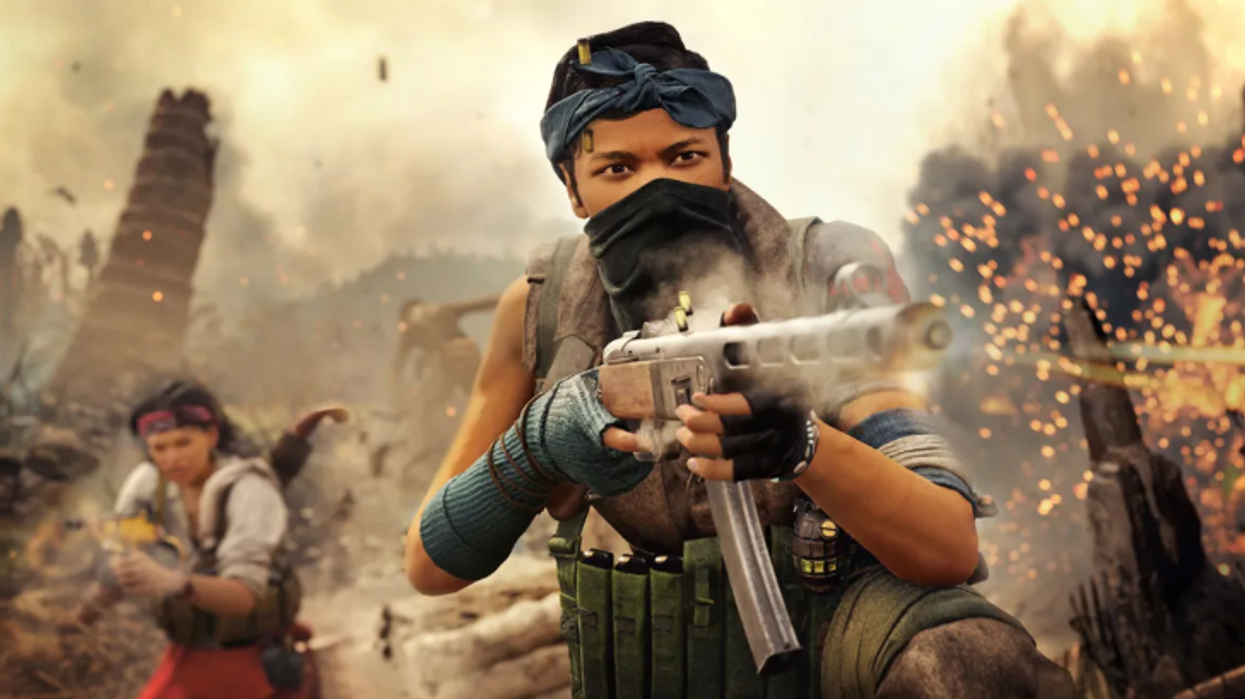







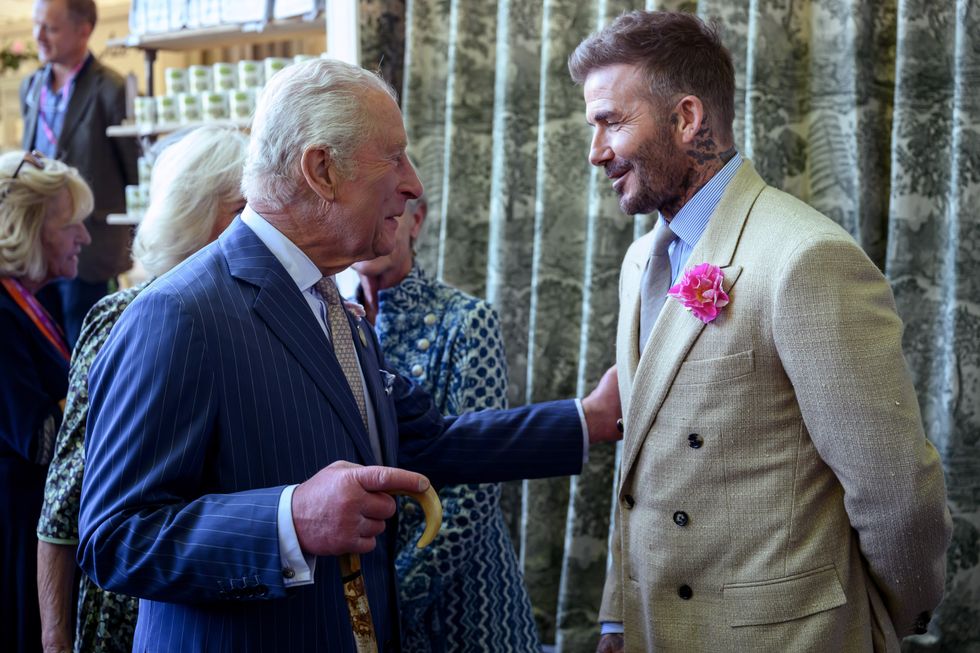 David Beckham wearing a David Austin Roses "King's Rose" speaks with King Charles III during a visit to the RHS Chelsea Flower Show at Royal Hospital Chelsea on May 20, 2025Getty Images
David Beckham wearing a David Austin Roses "King's Rose" speaks with King Charles III during a visit to the RHS Chelsea Flower Show at Royal Hospital Chelsea on May 20, 2025Getty Images

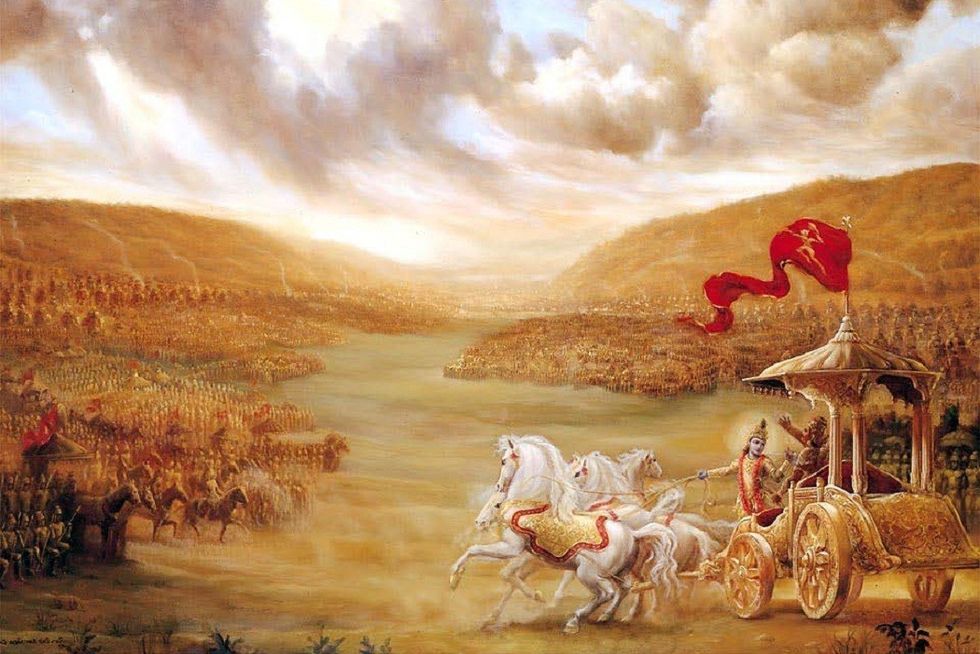 Kurukshetra battlefield illustration
Kurukshetra battlefield illustration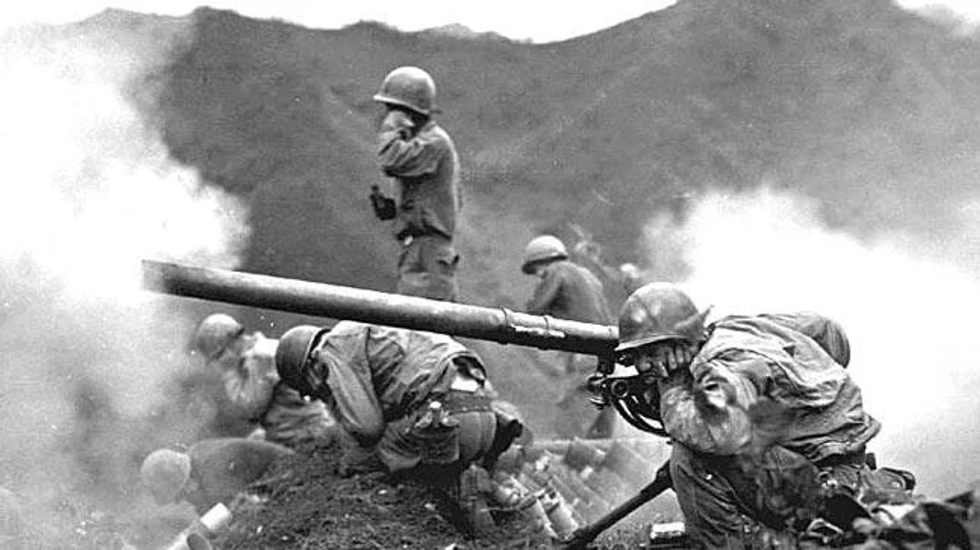
 Chanakya
Chanakya 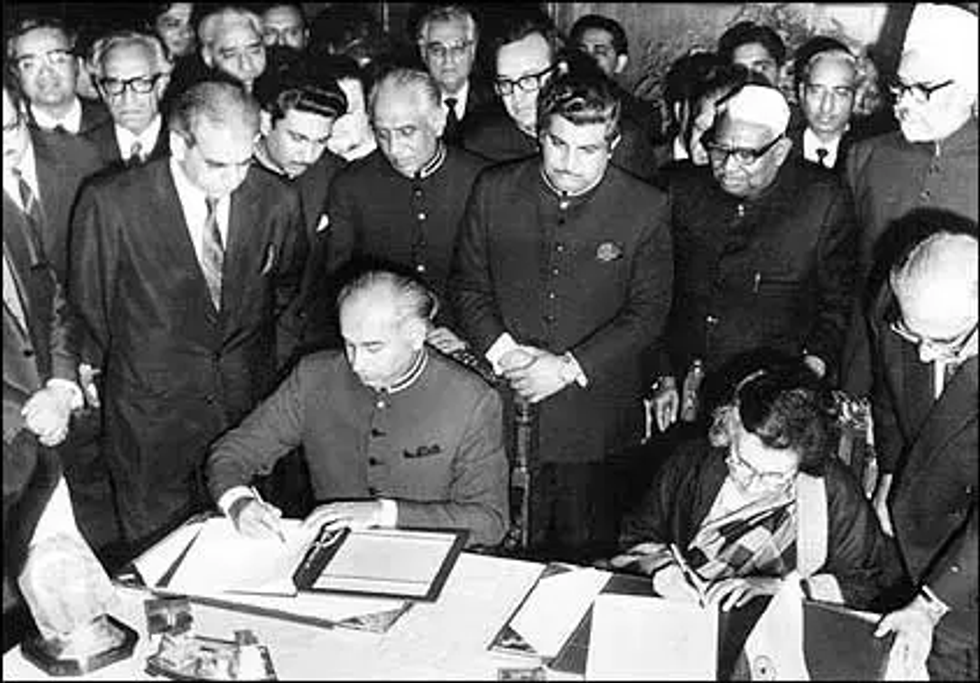 Shimla Agreement
Shimla Agreement Kargil War 1999
Kargil War 1999
Sunder Katwala: Remember Together so we don't forget shared history